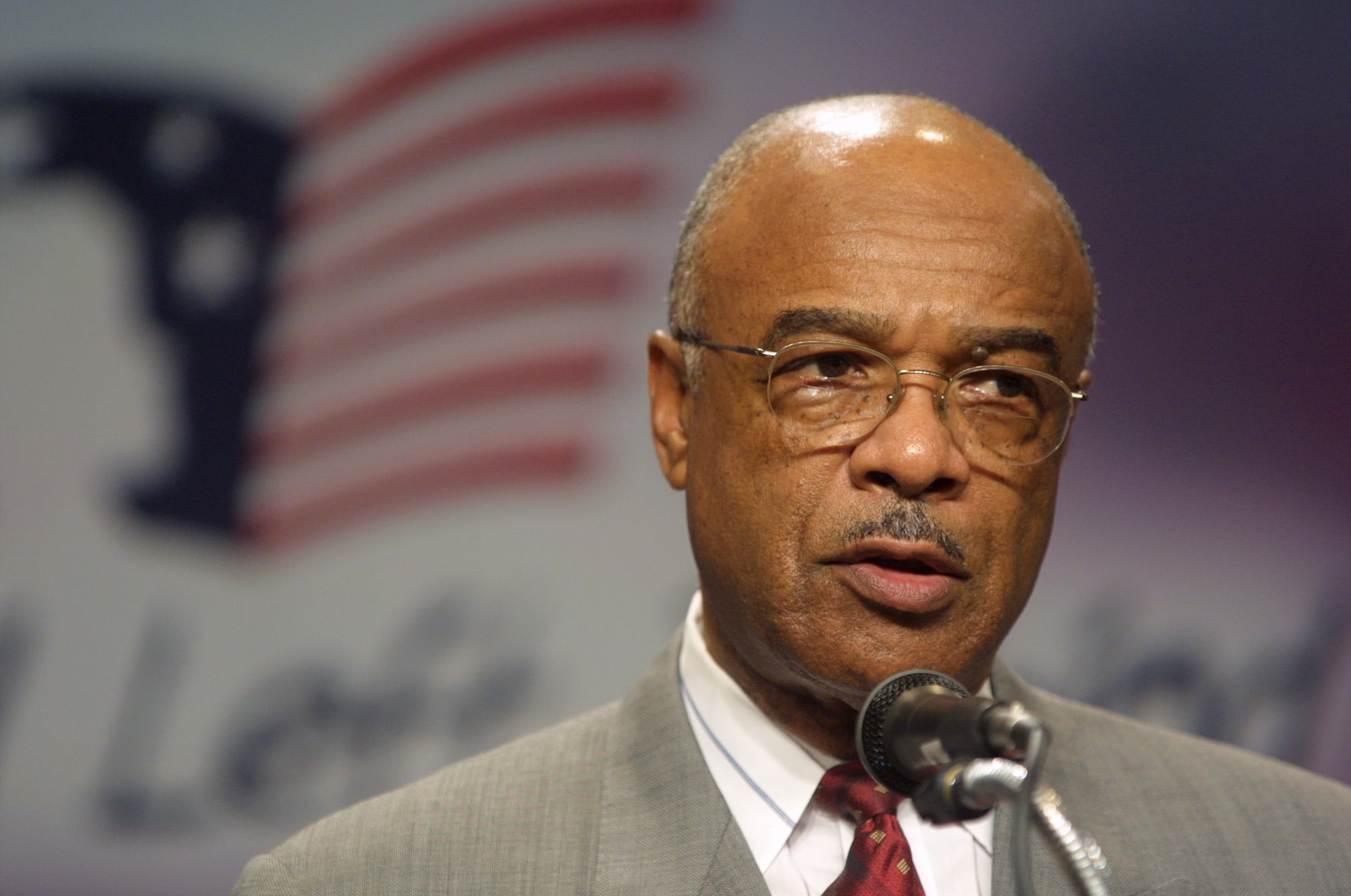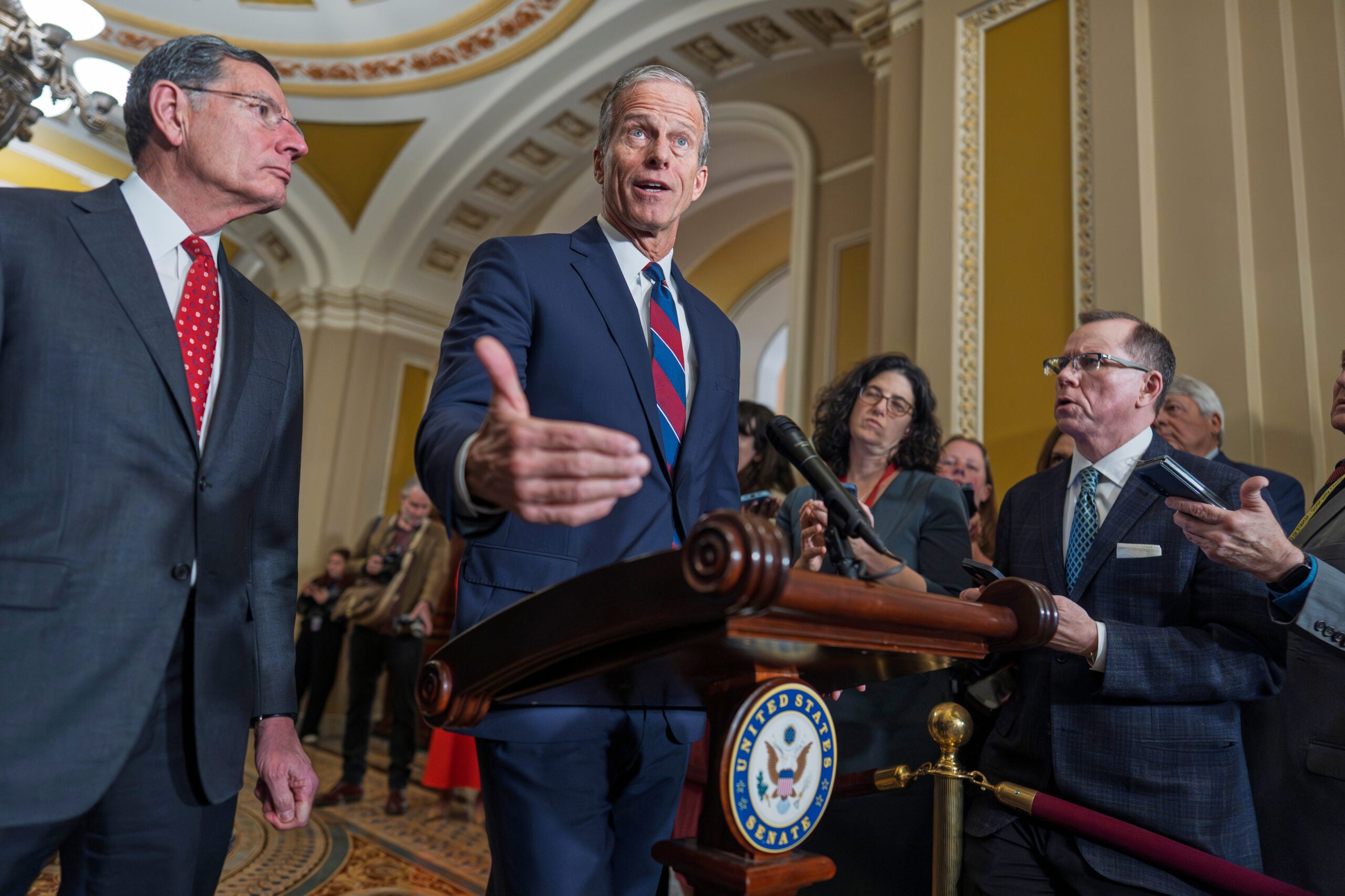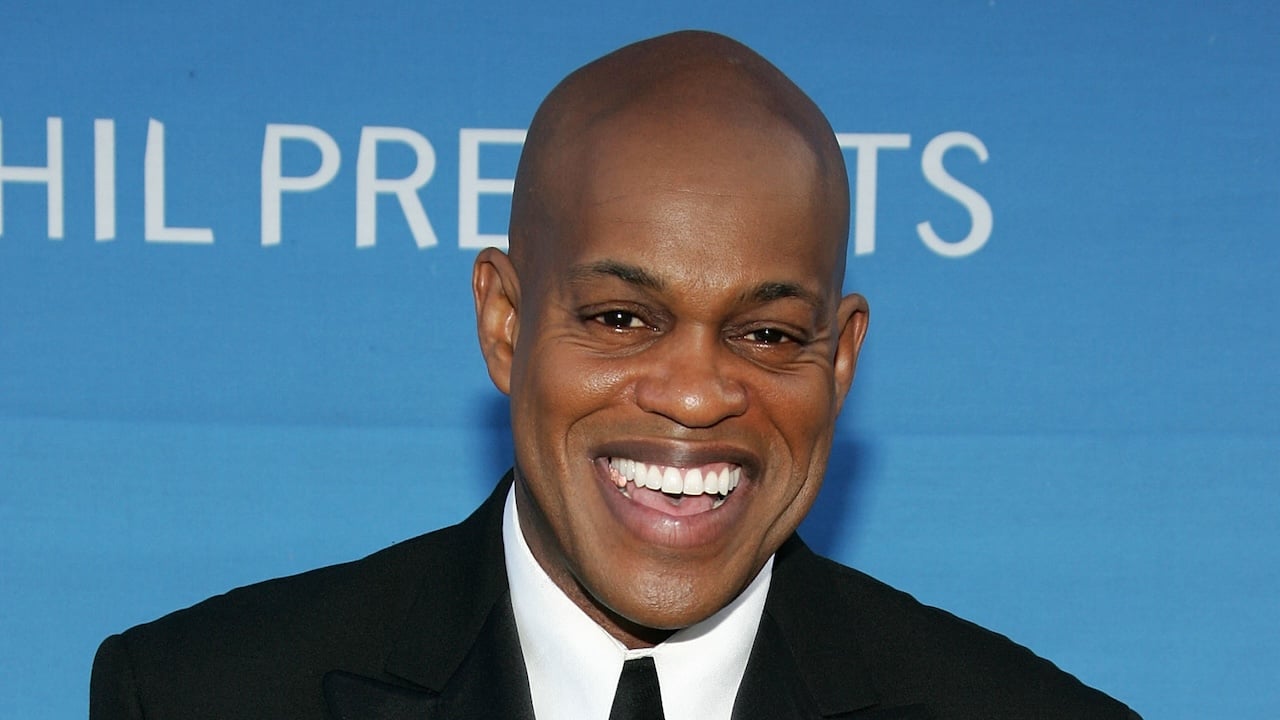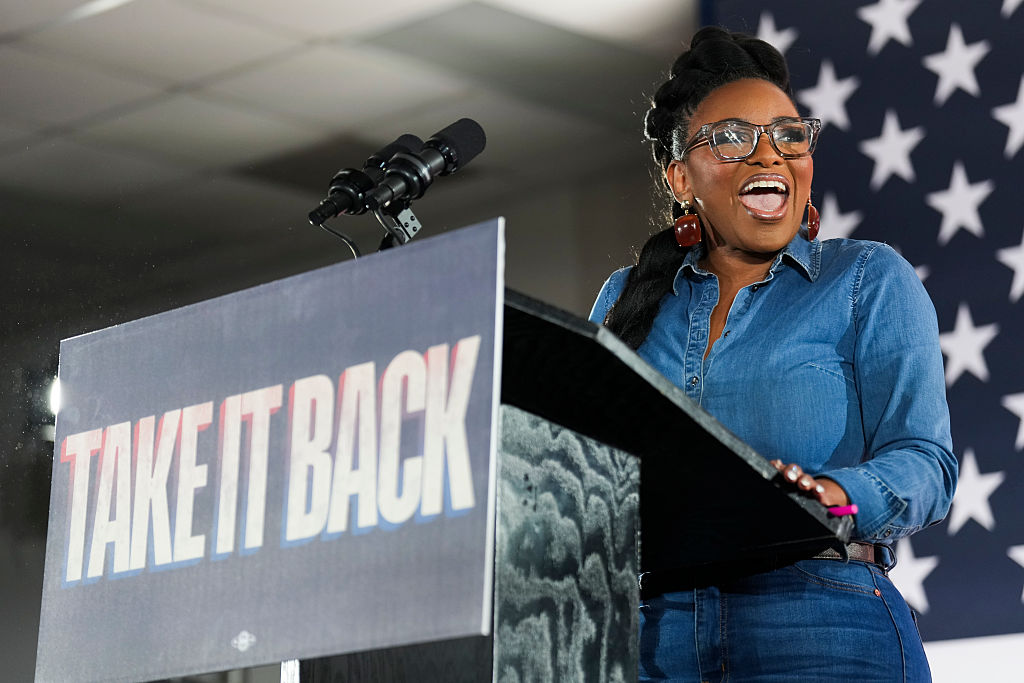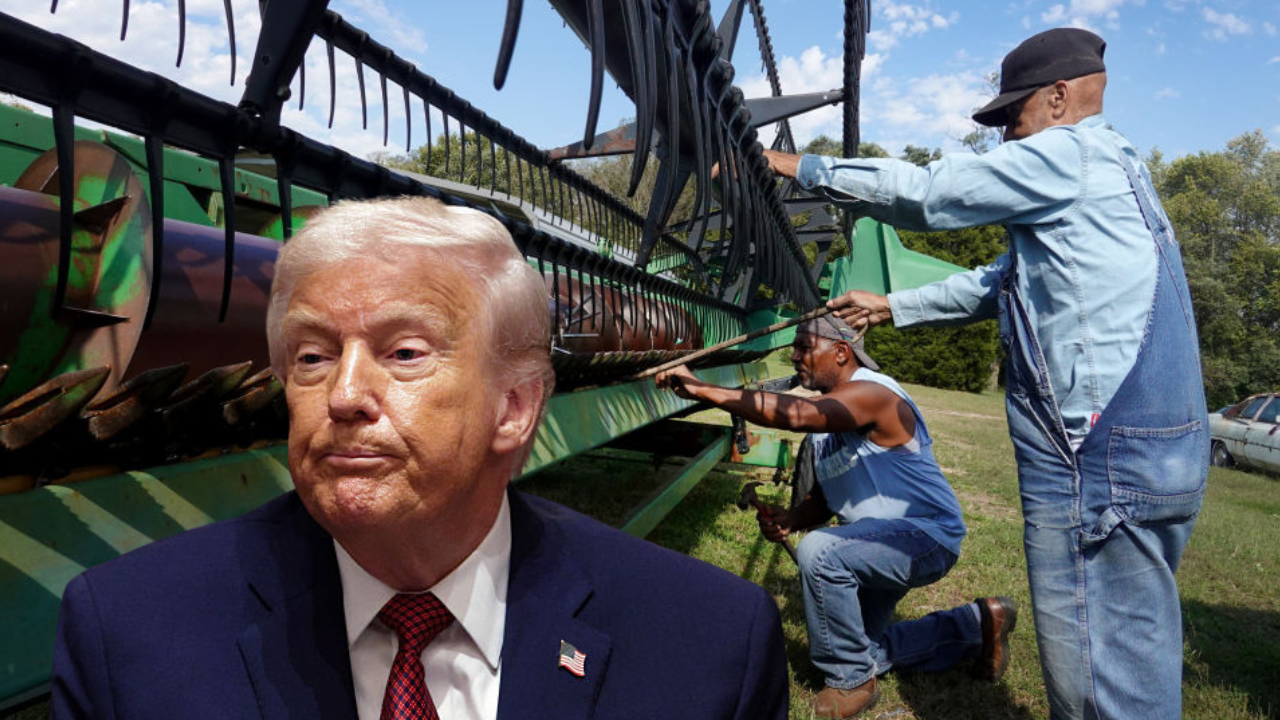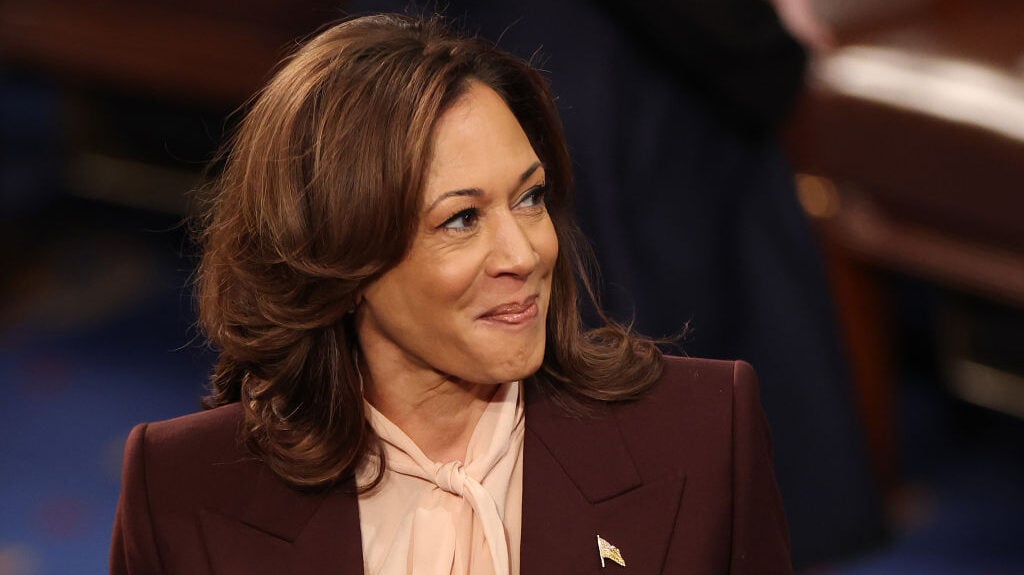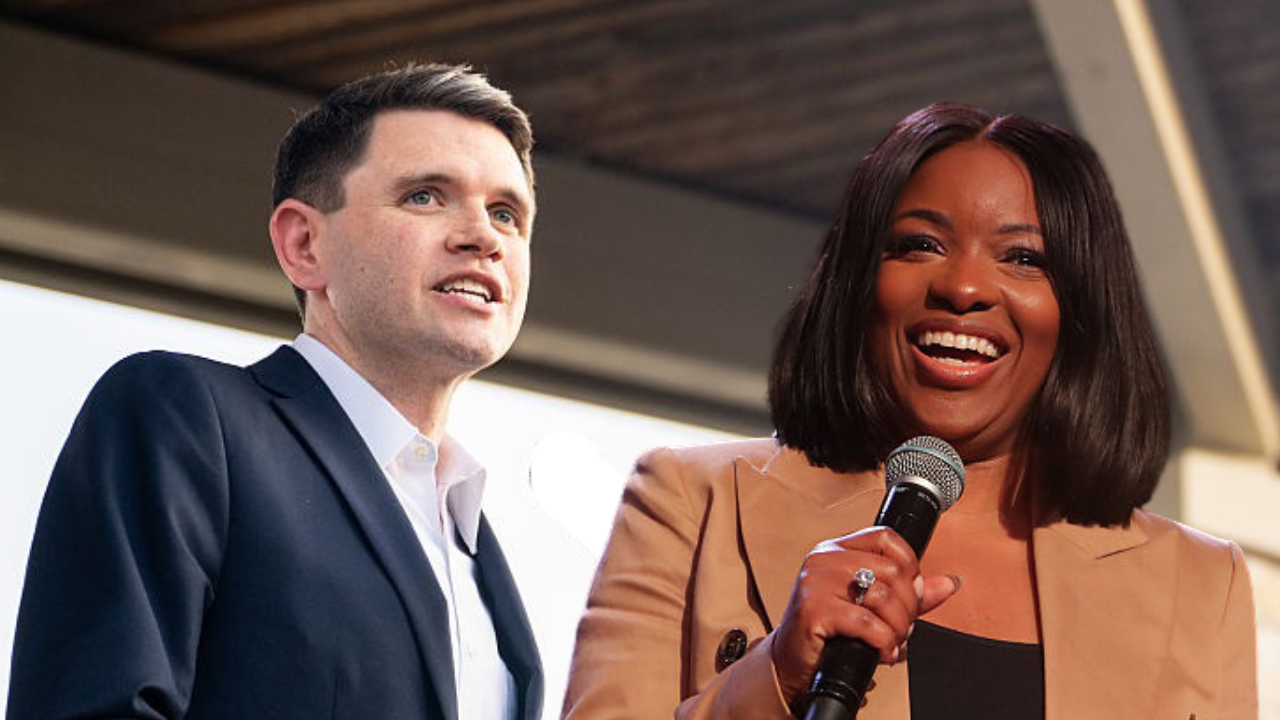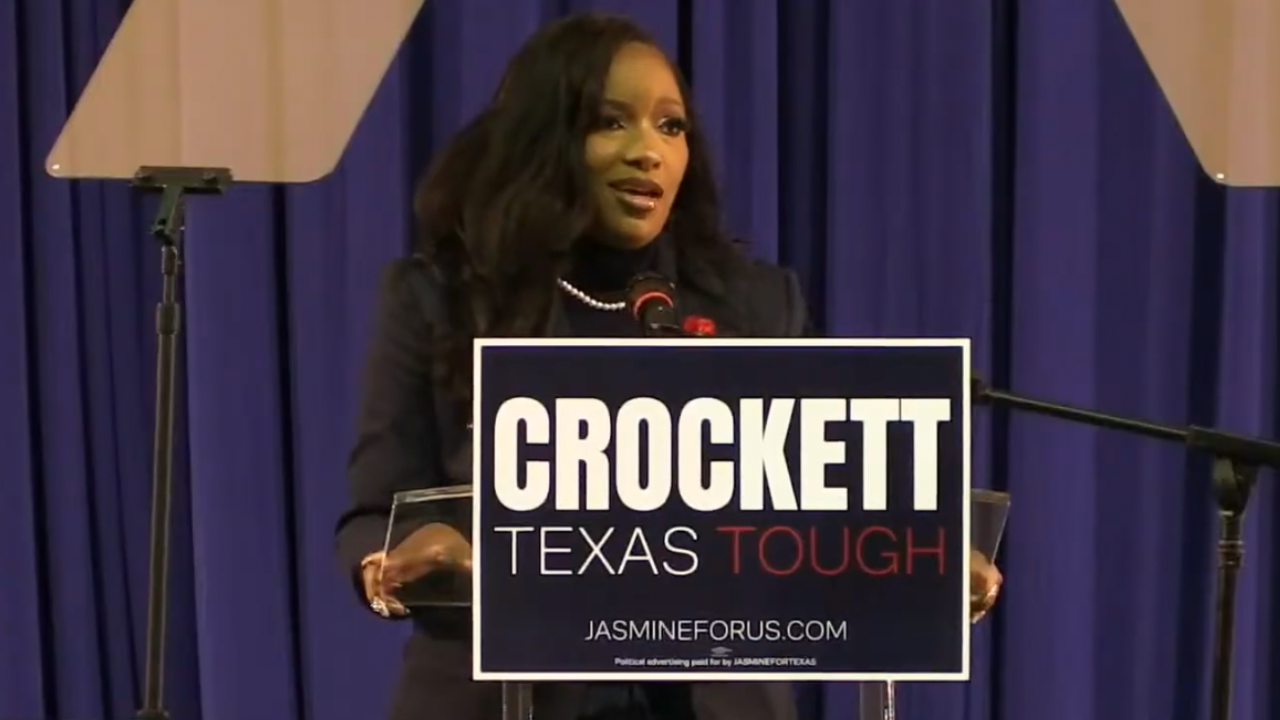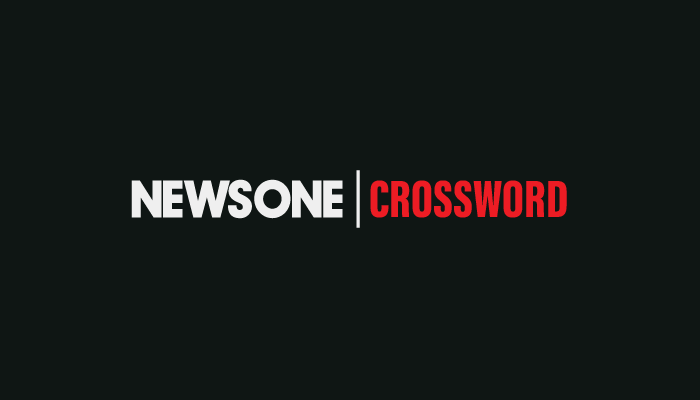WNBA Finals the calm before the league’s CBA storm

LAS VEGAS — The Las Vegas Aces took a commanding 2-0 lead over the Phoenix Mercury in the WNBA Finals on Sunday
Aces center A’ja Wilson and guard Jackie Young combined for 60 points and Las Vegas moved a step closer to winning the franchise’s third championship. With yet another dominating performance, Wilson, 29, is on the verge of becoming the most dominant player in WNBA history.
With Games 1 and 2 in the books, the focus on basketball is a welcome relief for the WNBA, which spent the past six days recovering from a reality check. An impending labor battle with its players is on the horizon. With the WNBA’s collective bargaining agreement (CBA) set to expire on Oct. 31, the Finals may indeed be the calm before the storm.
In a shot heard throughout the WNBA, Minnesota Lynx forward Napheesa Collier, vice president of the Women’s National Basketball Players Association, launched the first salvo of negotiations with a blistering criticism of the WNBA over pay inequity. Conflict needs a face and Collier made WNBA commissioner Cathy Engelbert the foil of the impending labor conflict.
“The league believes it succeeds despite its players, not because of them,” Collier told reporters during a news conference last week.
Collier recounted a conversation she had with Engelbert in February, a conversation Engelbert disputed. Collier apparently took bits and pieces of her conversation with Englebert and spliced together an explosive narrative that perfectly fits the impending players-vs.-league dynamic that will define the upcoming labor negotiations.
“I also asked how she planned to fix the fact that players like Caitlin [Clark], Angel [Reese] and Paige [Bueckers], who are clearly driving massive revenue for the league, are making so little for their first four years,” Collier recalled. “Her response was, ‘Caitlin should be grateful she makes $16 million off the court, because without the platform that the WNBA gives her, she wouldn’t make anything.”’
Collier added: “And in that same conversation, she told me, ‘Players should be on their knees thanking their lucky stars for the media rights deal that I got them.’ “
I like the WNBA. I’ve always liked the WNBA because it’s a league that roars. At a time when the administration is pressuring American institutions to embrace its conservative agenda or face consequences, the WNBA represents resistance and progressiveness. The WNBA roars its support for Diversity, Equity and Inclusion. Roars its support of LGBTQ and social justice initiatives.
Now the players are roaring for the WNBA to give players a larger percentage of the profits the league has enjoyed over the past three decades. What that fair share should be will be the subject of impending negotiations between the league and the players’ association.
Geoff Stellfox/Getty Images
Since Clark entered the WNBA with the Indiana Fever in 2024 on a wave of support and popularity from her college days at Iowa, she has been a lightning rod for division and controversy based on race and tenure. Clark’s supporters paint the WNBA’s African American players and veteran players as being resentful and jealous of Clark’s popularity.
The most effective aspect of Collier’s critique of the league is that it aligned Clark with the rest of the WNBA players: They are all being disrespected.
Clark said that Collier “made a lot of very valid points,” although she didn’t say whether she agreed with them. Clark said she had not heard Engelbert’s remarks but said, “I think what people need to understand, we need great leadership at this time across all levels. This is straight up the most important moment in this league’s history. This league’s been around for 25-plus years, and this is a moment we have to capitalize on.”
Clark is an important engine, but she is not the WNBA’s only engine, especially with a dominant player like Wilson anchoring the league. There are also a number of great young players who will be entering the league: LSU’s Flau’Jae Johnson, USC’s JuJu Watkins, Notre Dame’s Hannah Hidalgo and TCU’s Olivia Miles are a handful of talented players who will join the WNBA over the next few years.
Since its formation in 1996, the WNBA has developed into the United States’ most successful professional women’s league. The WNBA has cultivated a niche audience of fans who love basketball, who love women’s basketball, and who enjoy pro basketball that’s played in the summer and ends in the fall.
Granted, the WNBA faces stiff competition. The league, which begins in May, is going against Major League Baseball and the baseball playoffs. Its playoffs go against the start of the NFL season and the start of the NBA season. Yet the league is holding its own.
WNBA games on ESPN/ABC this season averaged 1.3 million viewers (up 6% from 2024). Across the WNBA’s primary networks (ABC, ESPN, CBS, ION), the league averaged 969,000 viewers during the 2025 regular season (it’s highest average since 1998). For this season overall, average viewership was up.
Does the league value its players? It’s difficult to see how it could not. Yet, in criticizing the WNBA last week, the question Collier raised is whether the league will give WNBA players significant economic concessions. The unasked question is to what lengths are players willing to go to get those concessions.
The question I have — and apparently Collier and other players have as well — is whether the WNBA needs a new voice?
Asked about her reaction to Engelbert’s comments, Wilson said, “I was honestly disgusted by the comments that Cathy made. But at the same time, I’m very appreciative that we have people like Phee in our committee of players’ association representing us, because that’s what we are going to have to continue to make the push to stand on what we believe in.”
The league has established a reputation for challenging the status quo. Can the current commissioner keep the league roaring?
The post WNBA Finals the calm before the league’s CBA storm appeared first on Andscape.
What's Your Reaction?
 Like
0
Like
0
 Dislike
0
Dislike
0
 Love
0
Love
0
 Funny
0
Funny
0
 Angry
0
Angry
0
 Sad
0
Sad
0
 Wow
0
Wow
0




